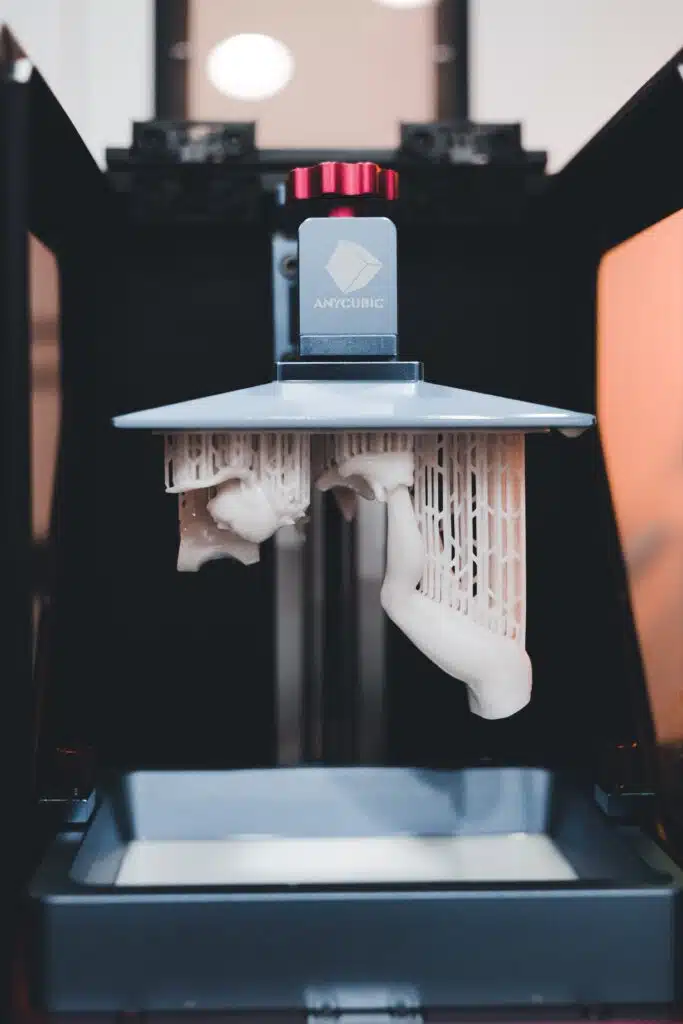There are several types of 3D printing technologies, each with its own unique method for creating objects. Here are some of the most common types of 3D printing:
- Fused Deposition Modeling (FDM) – This is the most popular 3D printing technology and involves melting and extruding a thermoplastic material through a nozzle to create the object layer by layer.
- Stereolithography (SLA) – This process uses a laser to cure a photosensitive resin to create the object. It is known for producing highly detailed and smooth objects.
- Selective Laser Sintering (SLS) – This technology uses a laser to sinter powdered material, typically a plastic or metal, layer by layer to create the object.
- Digital Light Processing (DLP) – This process is similar to SLA but uses a projector to cure the resin instead of a laser.
- Binder Jetting – This 3D printing technology uses a liquid binder to selectively glue together powder particles to create the object.
- Material Jetting – This process involves using multiple print heads to deposit droplets of liquid material onto a build platform. The material is then cured to create the final object.
- Directed Energy Deposition (DED) – This method involves melting and depositing material onto a build platform using a laser or electron beam.
Each of these 3D printing technologies has its own strengths and limitations, and the choice of which technology to use will depend on the specific requirements of the object being produced, such as the size, level of detail, material properties, and production volume.




